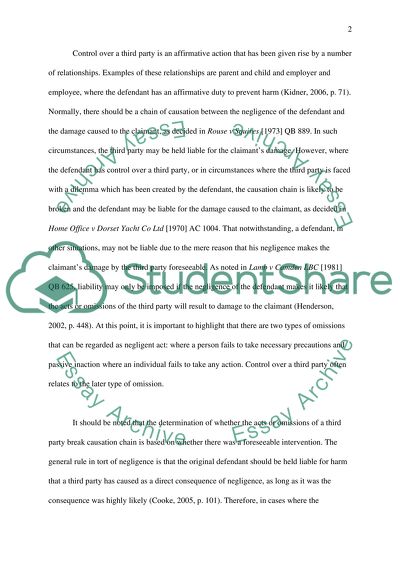Cite this document
(“Foreseeability. Negligence and Tort Assignment Example | Topics and Well Written Essays - 3000 words”, n.d.)
Retrieved from https://studentshare.org/law/1396024-foreseeability-negligence-and-tort
Retrieved from https://studentshare.org/law/1396024-foreseeability-negligence-and-tort
(Foreseeability. Negligence and Tort Assignment Example | Topics and Well Written Essays - 3000 Words)
https://studentshare.org/law/1396024-foreseeability-negligence-and-tort.
https://studentshare.org/law/1396024-foreseeability-negligence-and-tort.
“Foreseeability. Negligence and Tort Assignment Example | Topics and Well Written Essays - 3000 Words”, n.d. https://studentshare.org/law/1396024-foreseeability-negligence-and-tort.


